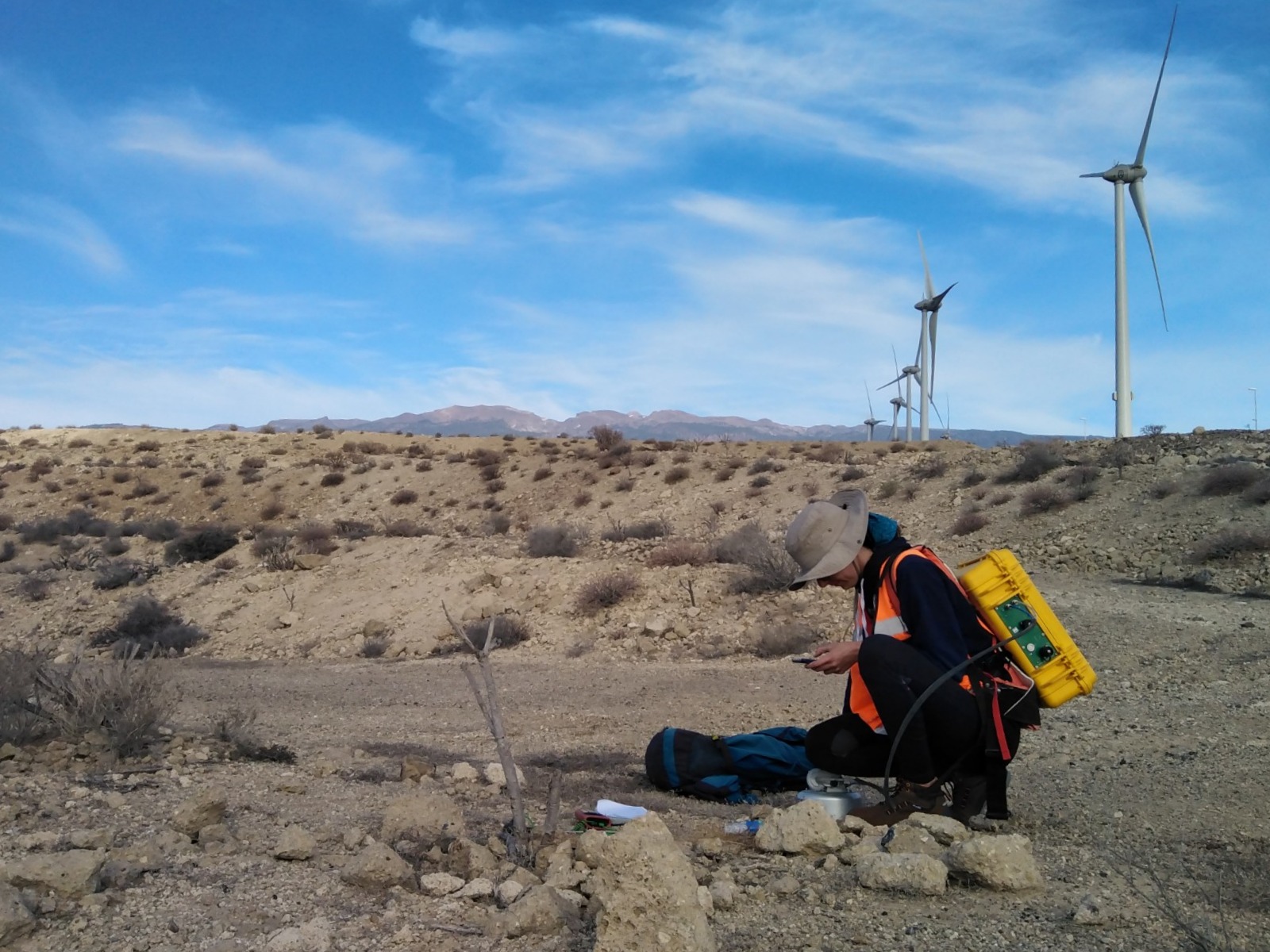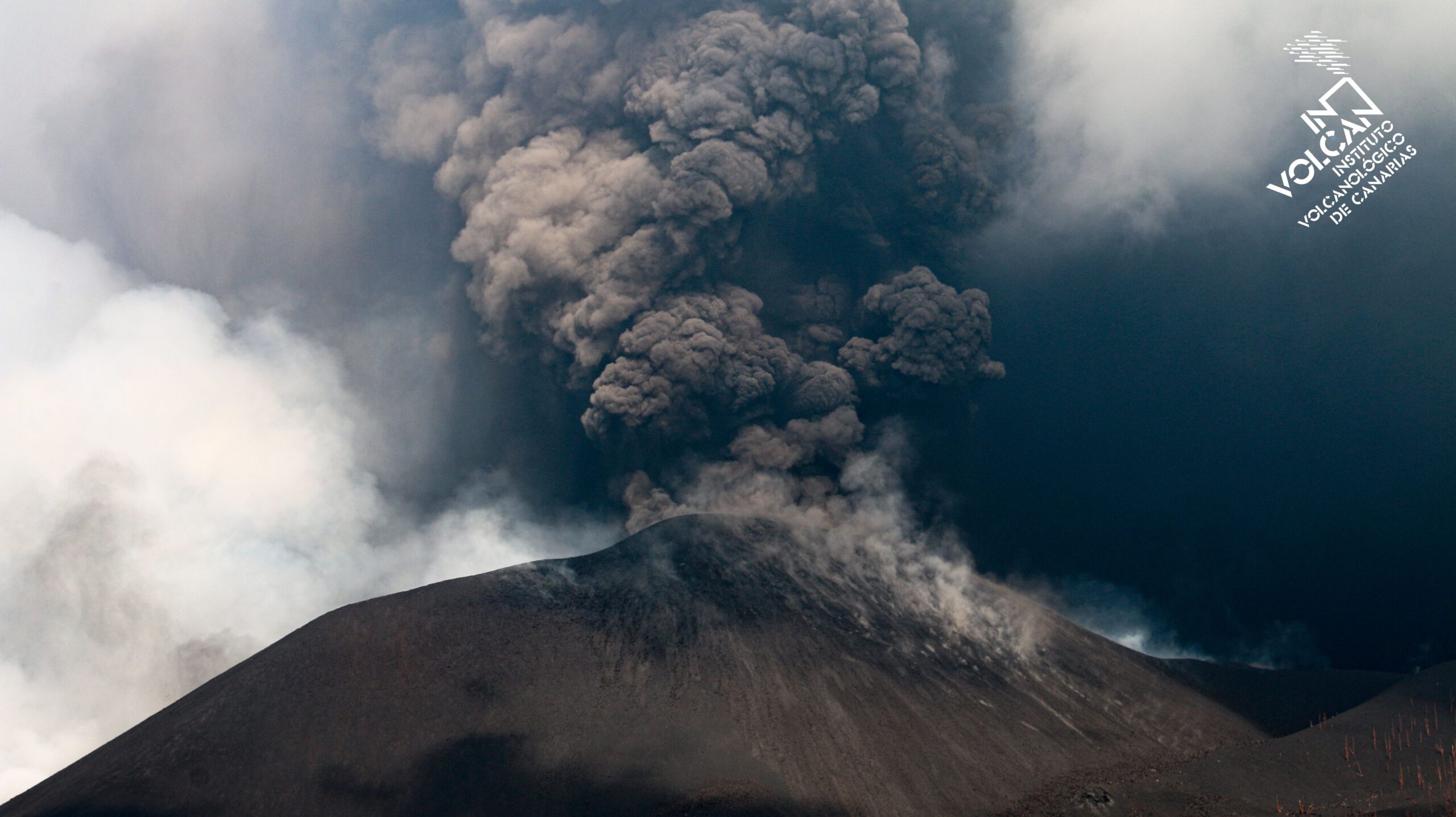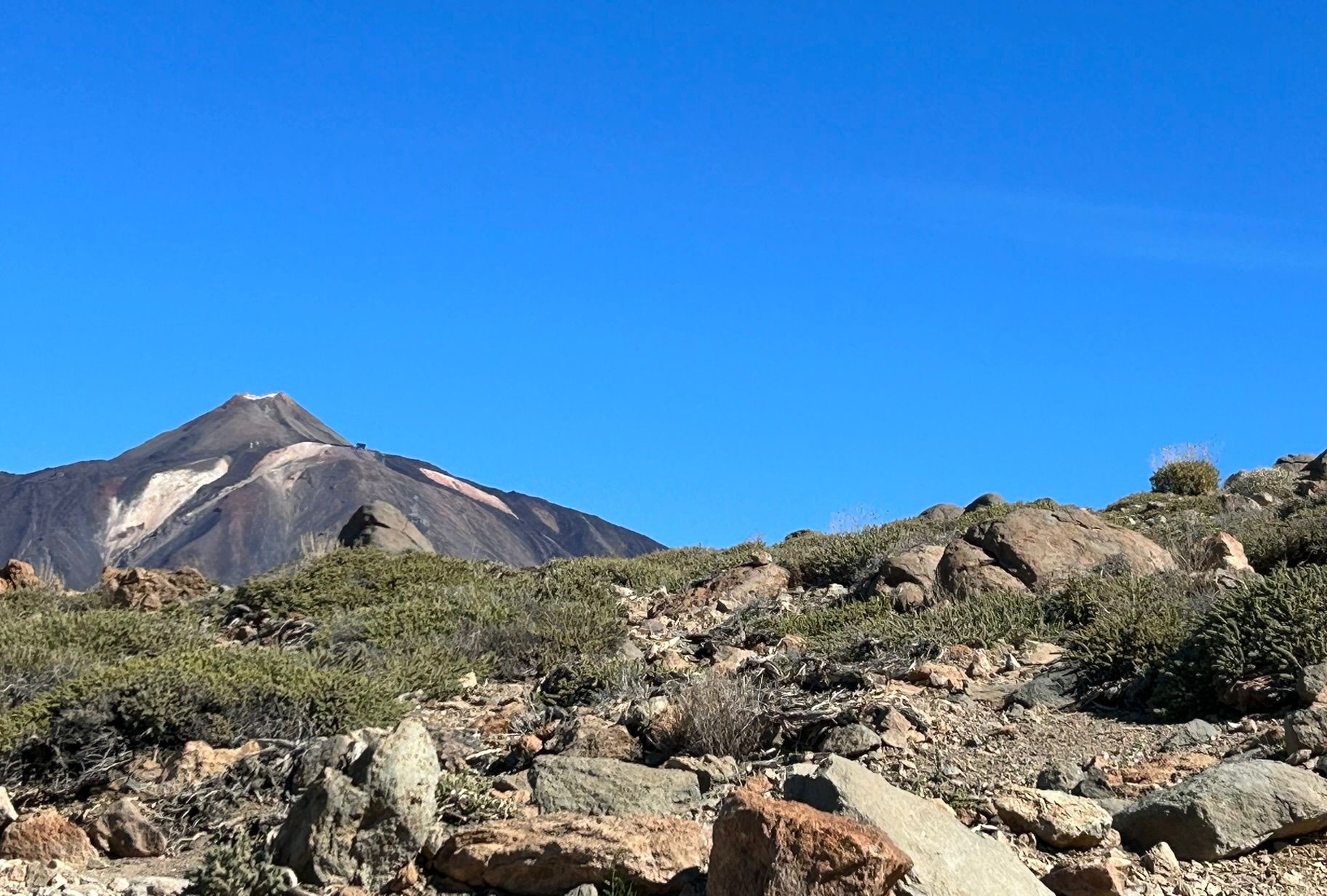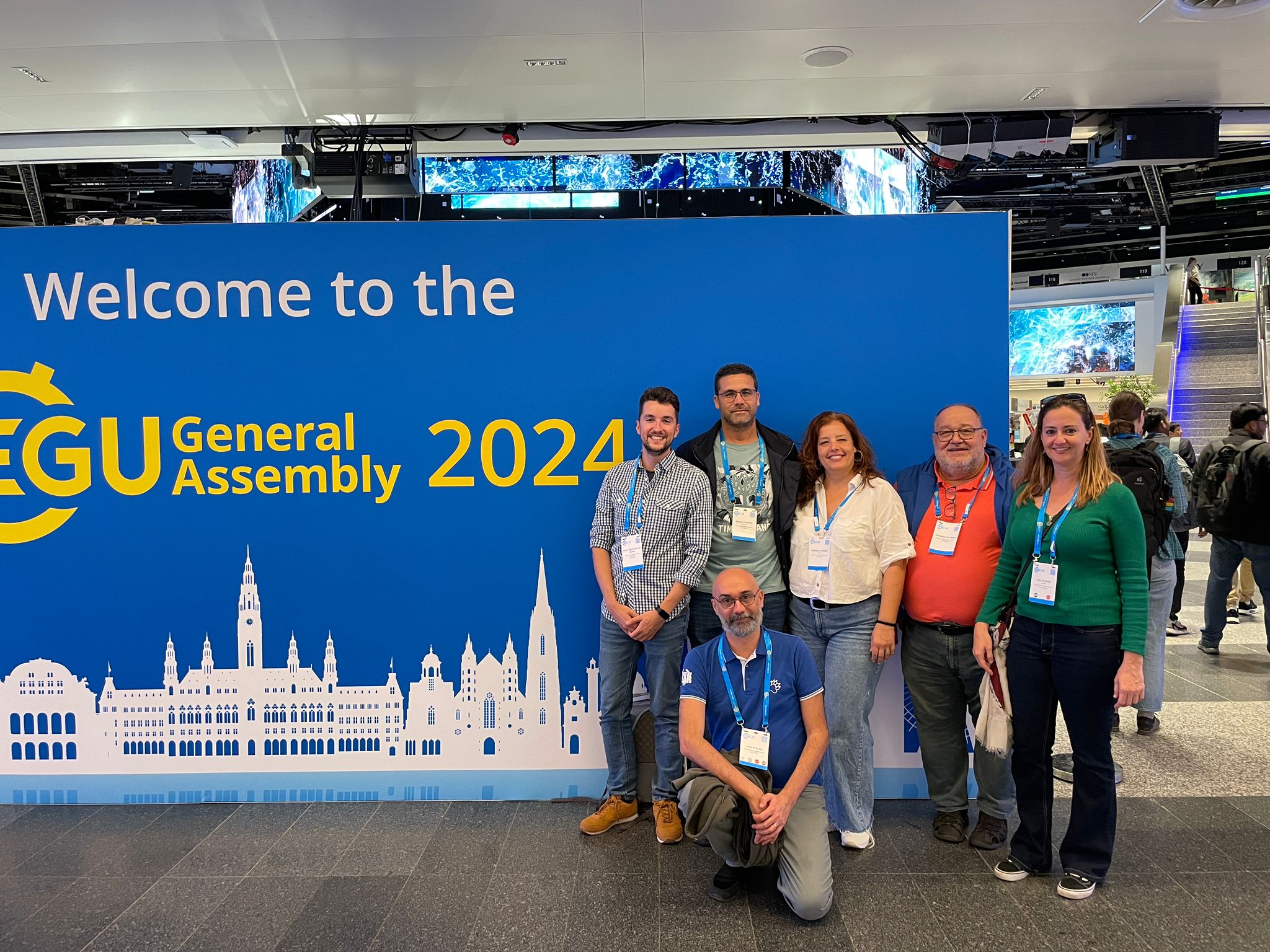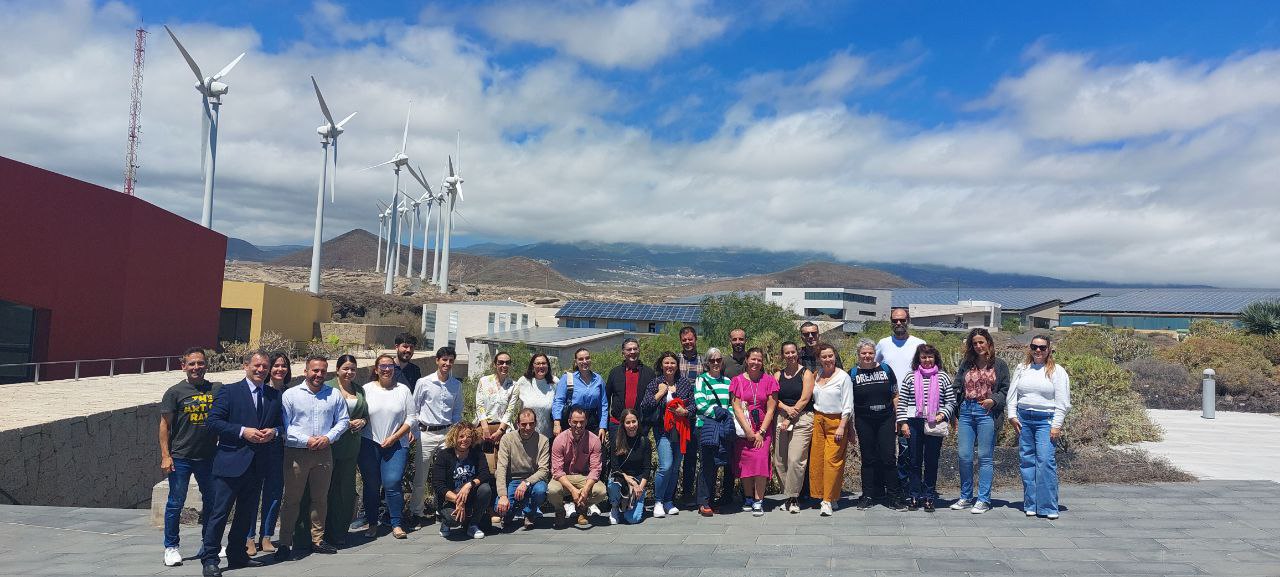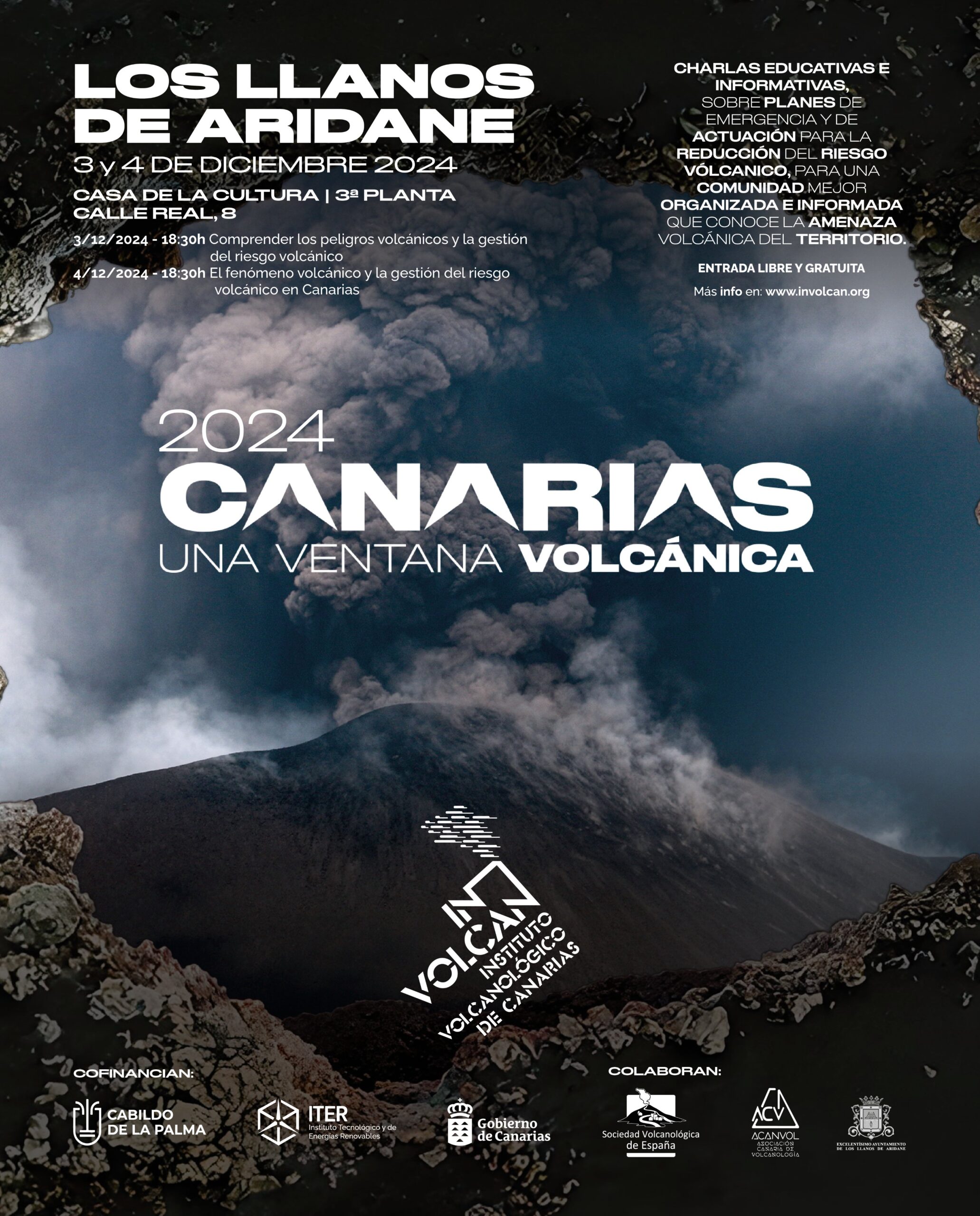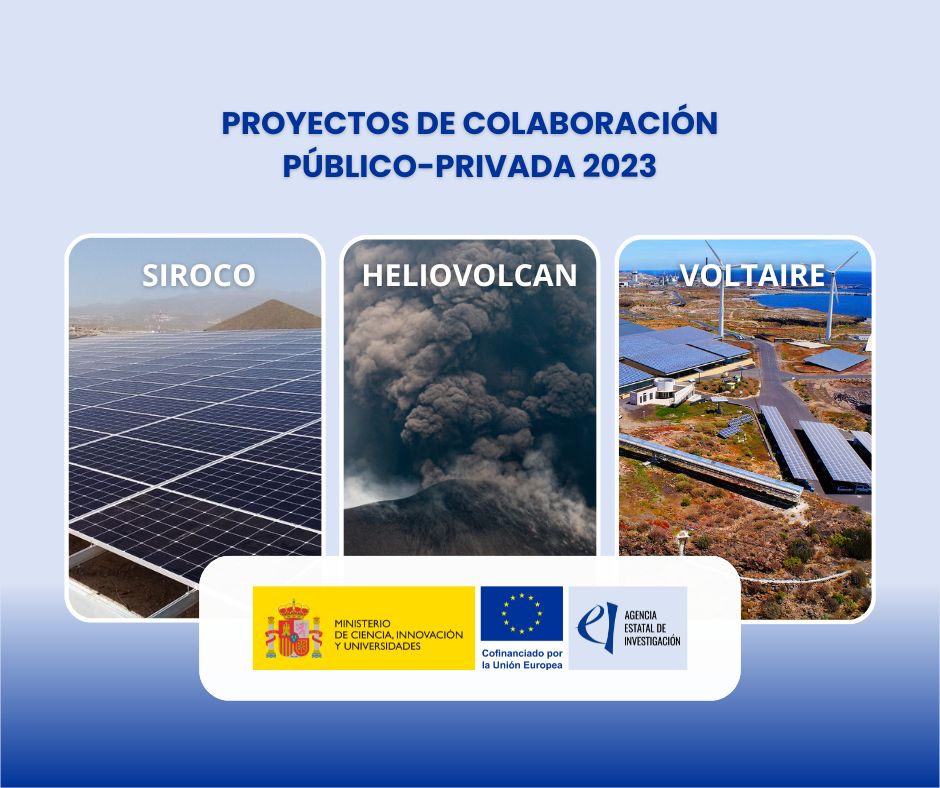TENAIR – DETECTION, MONITORING AND MEASUREMENT OF ATMOSPHERIC POLLUTANTS OF ANTHROPIC ORIGIN ON THE ISLAND OF TENERIFE
Project overview
The ‘TENAIR – Detection, monitoring and measurement of atmospheric pollutants of anthropogenic origin on the island of Tenerife’ project was created with the general objective of contributing to the detection, monitoring and measurement of atmospheric pollutants generated by the main anthropogenic activities on the island of Tenerife. This project aims to provide additional and complementary information to that already available to other administrations on the sources of atmospheric pollutants on the island as well as to apply the use of cutting-edge techniques for the study of air quality in Tenerife.
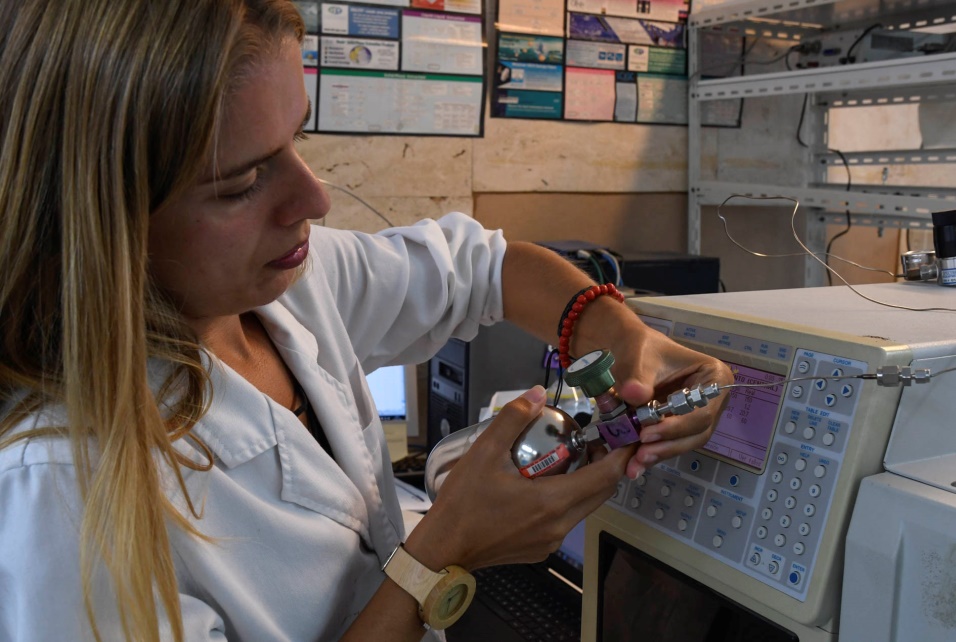
The content and development of this educational programme includes the following activities:
- To assess uncontrolled biogenic emissions of biogas and other toxic gases into the atmosphere from landfills on the island of Tenerife.
- To carry out specific studies on the immission levels of atmospheric pollutants through the use of a mobile unit owned by the Tenerife Council, which is equipped with sensors for the continuous measurement of atmospheric pollutants (particles, SO2, NOx, O3, CO y CO2).
- To assess the immission levels of volatile organic compounds (VOCs) at three locations on the island of Tenerife.
- Measure SO2 emissions from the main industrial sources (refinery and thermoelectric power stations at Granadilla and Caletillas, etc.) using remote optical sensors such as COSPEC and miniDOAS.
- Optimizar el uso de sensores ópticos remotos tipo espectrometría de infrarrojos con transformada de Fourier de campo abierto (OP-FTIR) para evaluar la calidad del aire en la isla de Tenerife.
This action is financed by the Tenerife Council under the TF INNOVA 2016-2021 progamme, included in Axis 1 of the Strategic Framework for Island Development (MEDI) 2016-2025, and the FDCAN funds of the Government of the Canary Islands.

Links of interest:


